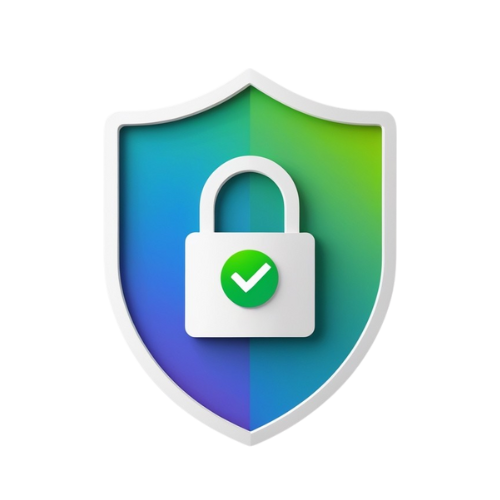We’ve all been there. You get an email that looks legit. Maybe it says your account is about to be closed, or you won a gift card, or there’s suspicious activity that needs urgent attention. In a moment of panic, or before your coffee kicks in, you click.
Then it hits you.
Wait. Was that a scam?
Don’t panic. Okay, panic a little. Then follow these steps to take back control and protect yourself moving forward.
The Real World Wake-Up Call
Meet Sarah. She clicked on a link from what she thought was PayPal. It said her account was frozen. After she logged in, nothing happened. Confused, she checked the sender. It wasn’t PayPal at all. Within hours, she saw unauthorized charges on her connected bank account. Total chaos. But she bounced back. You can too.
What Exactly Is Phishing?
Phishing is when scammers pretend to be trustworthy sources like banks, streaming services, or tech support to trick you into handing over your login info, credit card number, or personal details. It’s the digital version of a con artist in disguise.
These scams rely on fear and urgency to bypass your usual sense of caution. That’s why the messages always feel so urgent. Click now. Act fast. Confirm or be locked out.
Clicked the Link? Here’s Your Damage Control Plan:
- Disconnect from the internet if possible.
- Close the suspicious tab or app.
- Run a malware scan using a trusted antivirus.
- Change your passwords immediately, especially for the site you thought you were visiting.
- Enable two-factor authentication.
- Check your accounts for suspicious activity.
- Contact the real company and report the incident.
How to Spot a Phishing Link Next Time:
- Hover over the link. Does it say "paypal.com" or something shady?
- Look for bad grammar and typos.
- Be wary of urgent or threatening language.
- Don’t open unexpected attachments.
What If I Entered My Info?
- Change the password immediately.
- Monitor the account for strange activity.
- Alert your bank if payment info was involved.
- Consider placing a fraud alert with the credit bureaus.
- Watch out for follow-up scams.
Talk to Someone
Don’t suffer in silence. Tell a tech-savvy friend, coworker, or your favorite digital safety blog. We’ve all made mistakes online. What matters is how fast you fix it.
Phishing Prevention Tips:
- Use a password manager.
- Don’t reuse passwords.
- Bookmark important login pages.
- Sign up for scam alerts.
Bottom Line:
Clicking a phishing link doesn’t mean you’re doomed. But ignoring it might. Acting fast can save your data, your money, and your digital peace of mind.
Ready to Reclaim Your Cyber Confidence?
Run a quick security audit. Scan your device. Update your passwords. Enable two-factor authentication. Boom. You’re back in control.
Get Our Security Audit Checklist